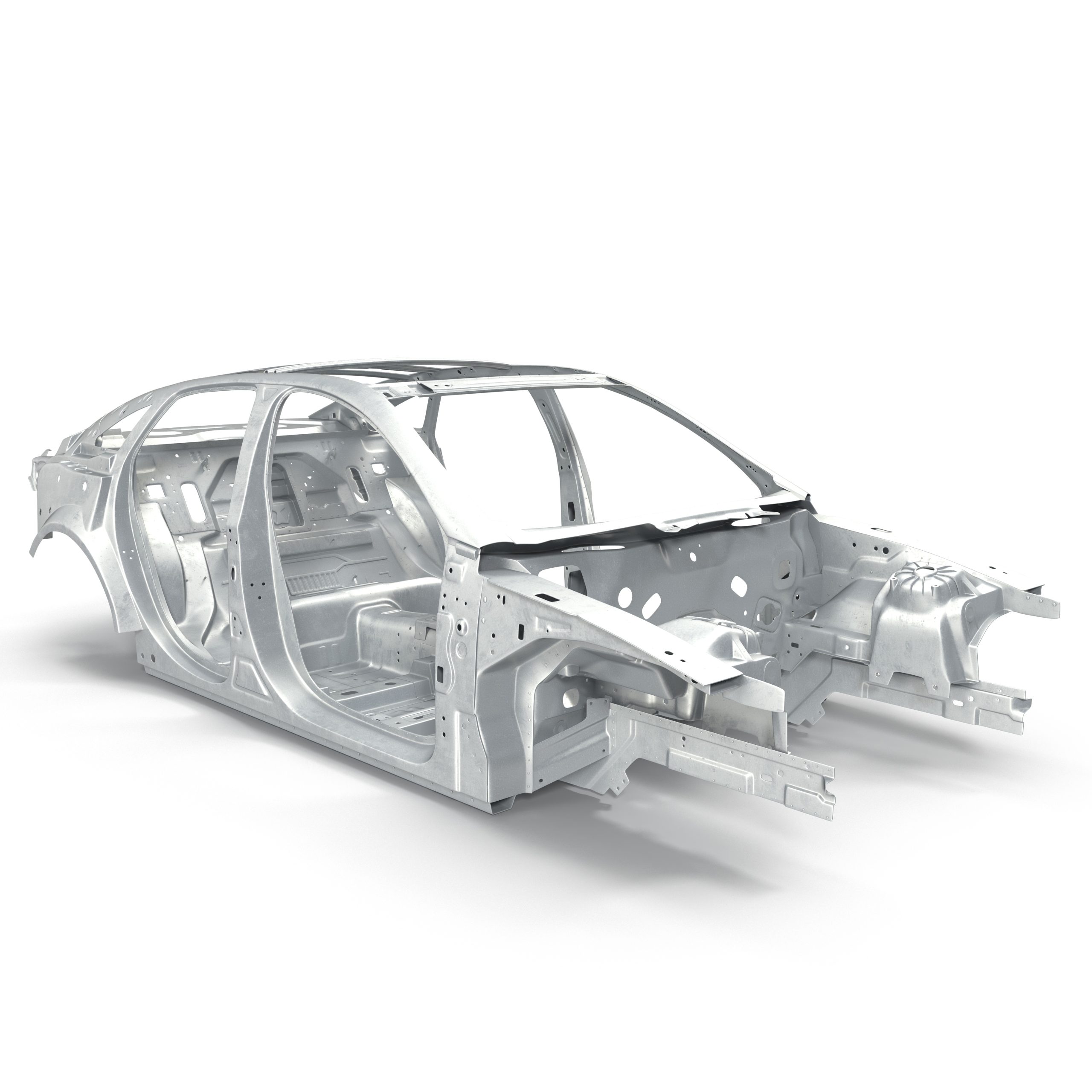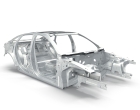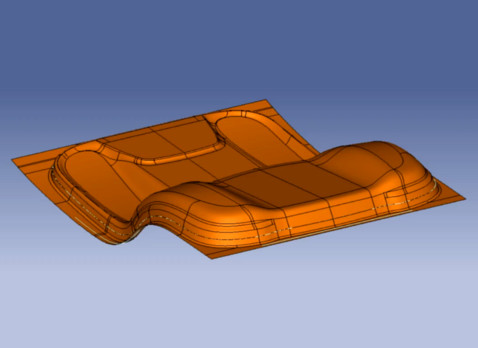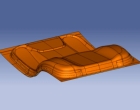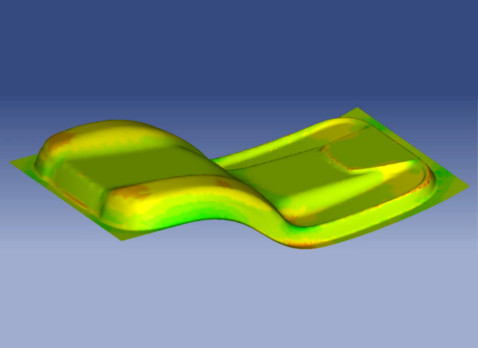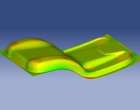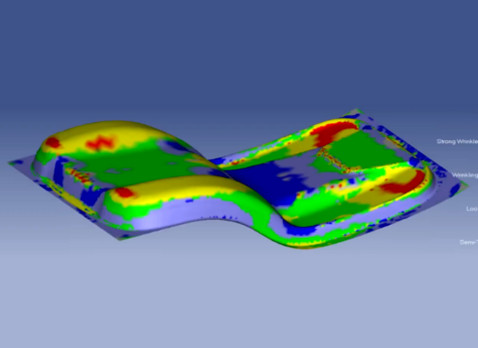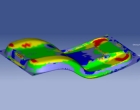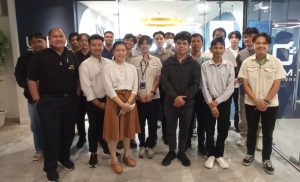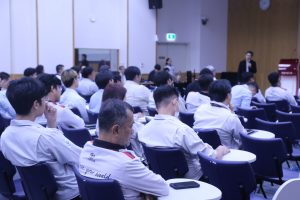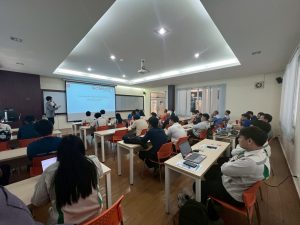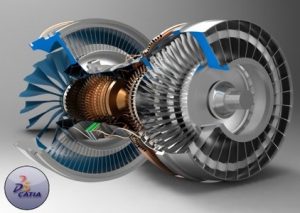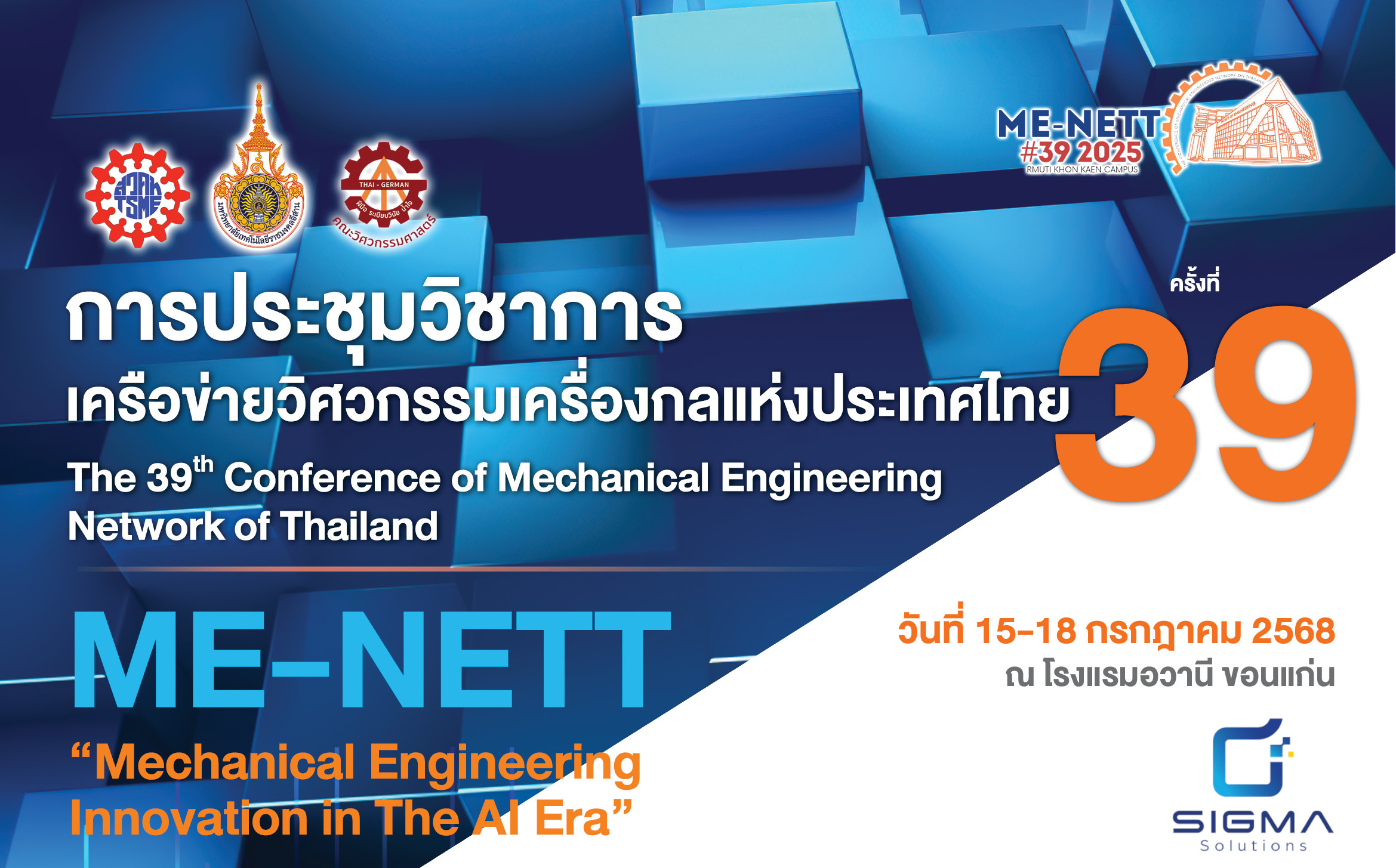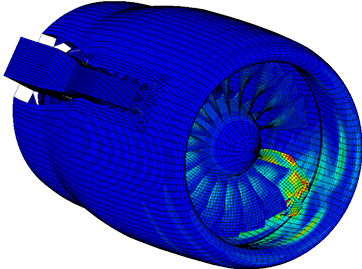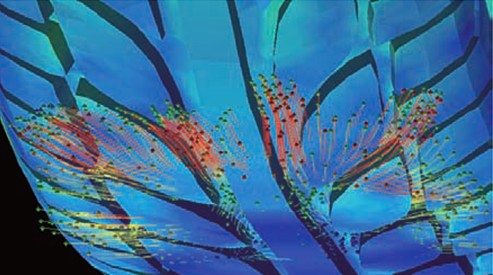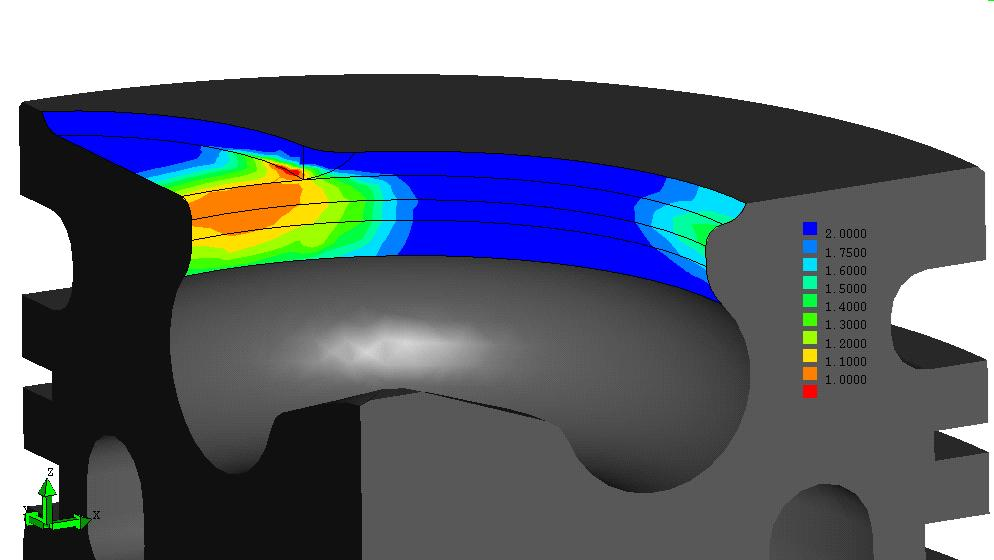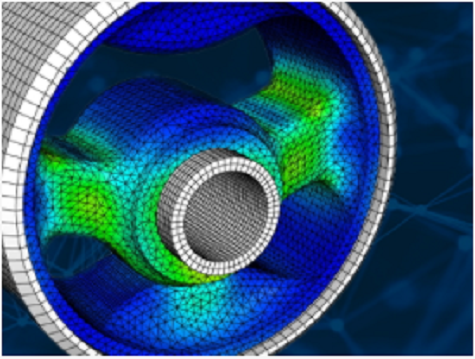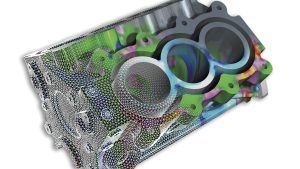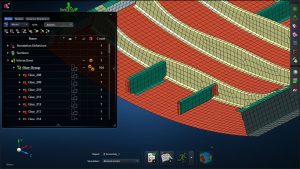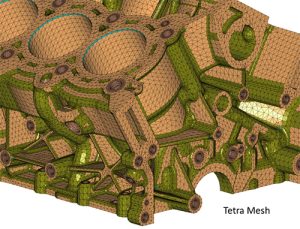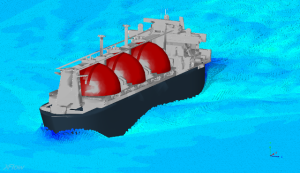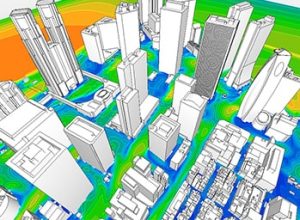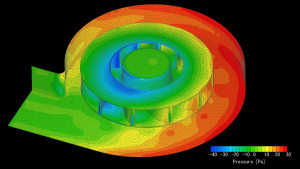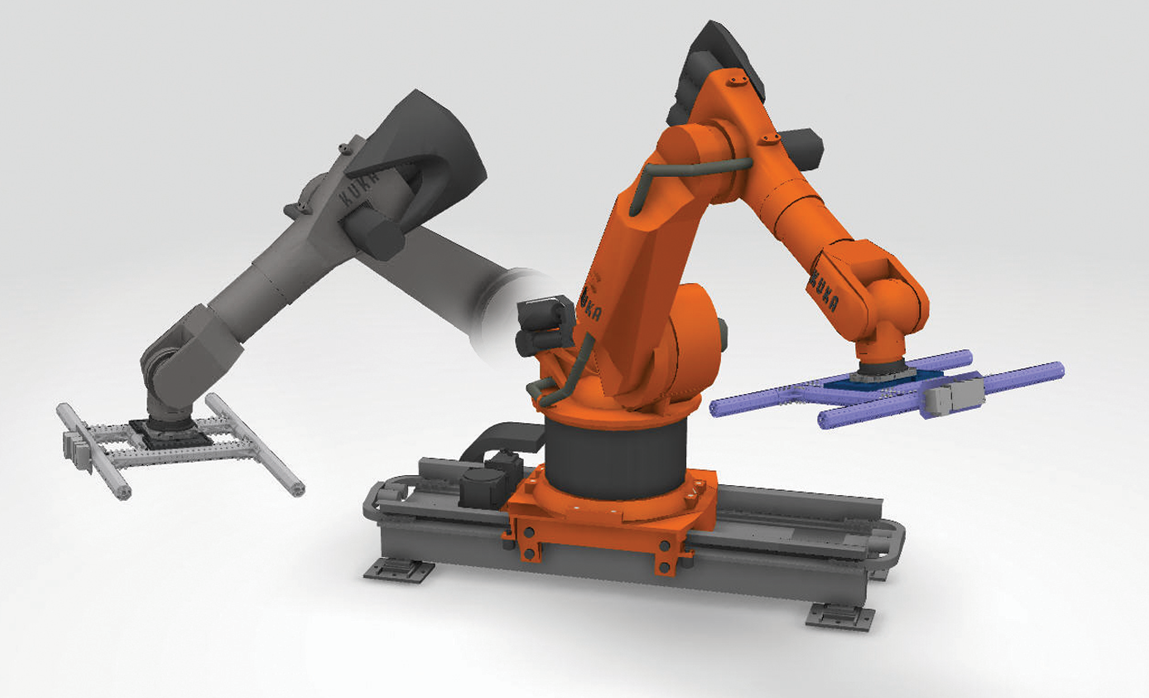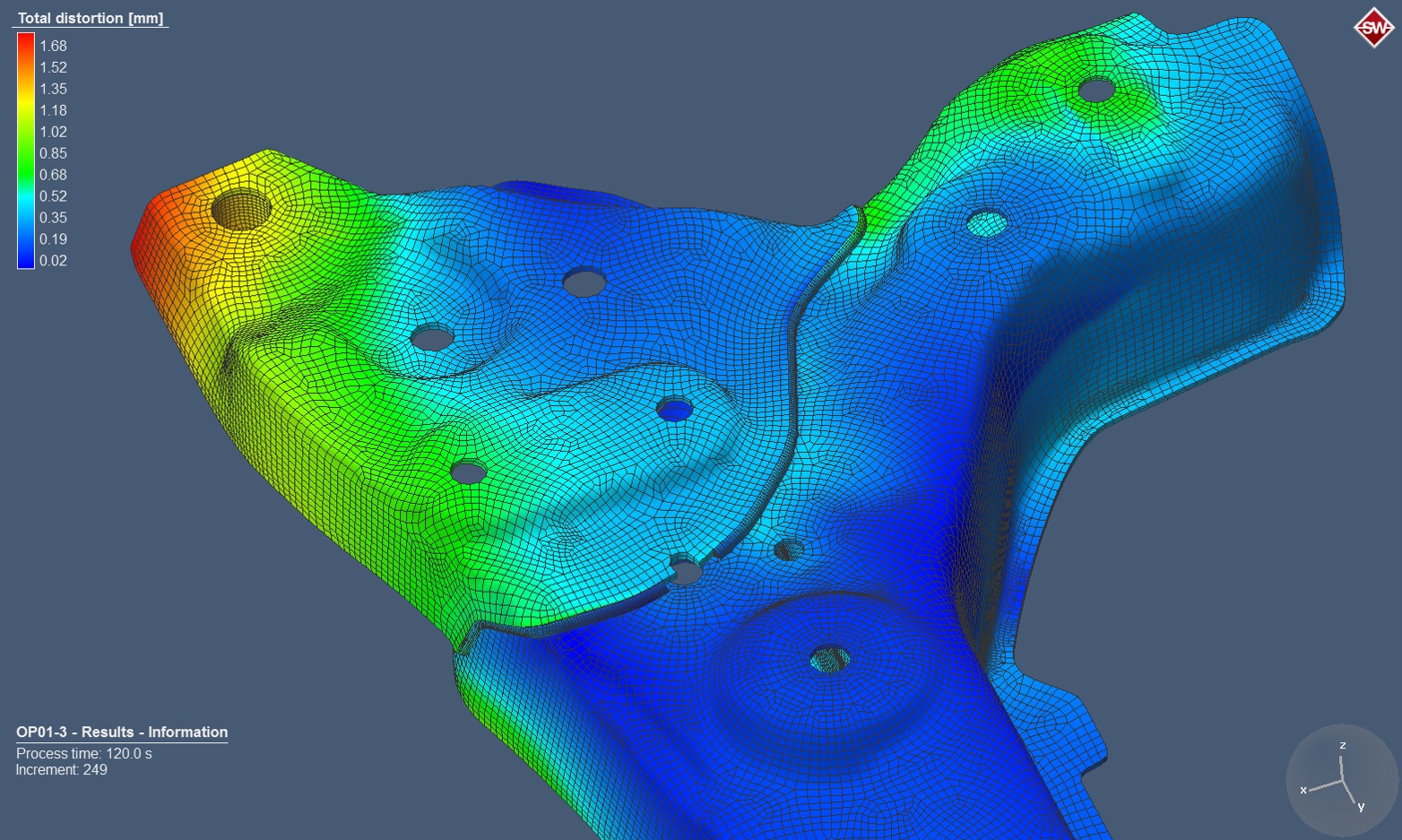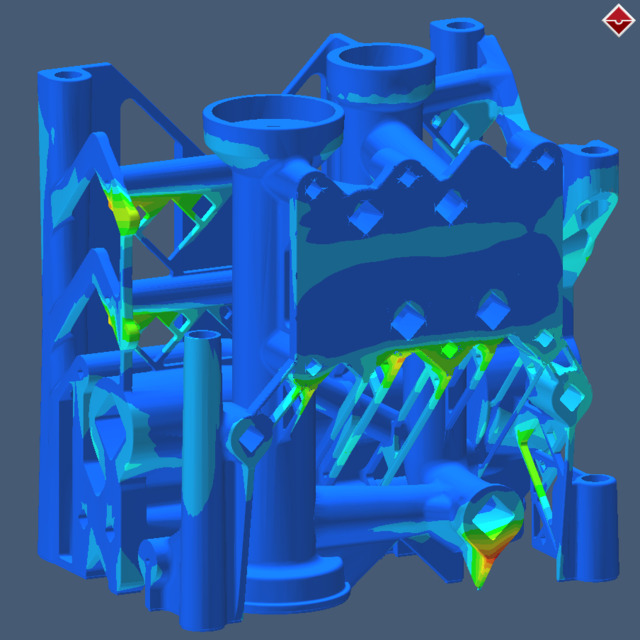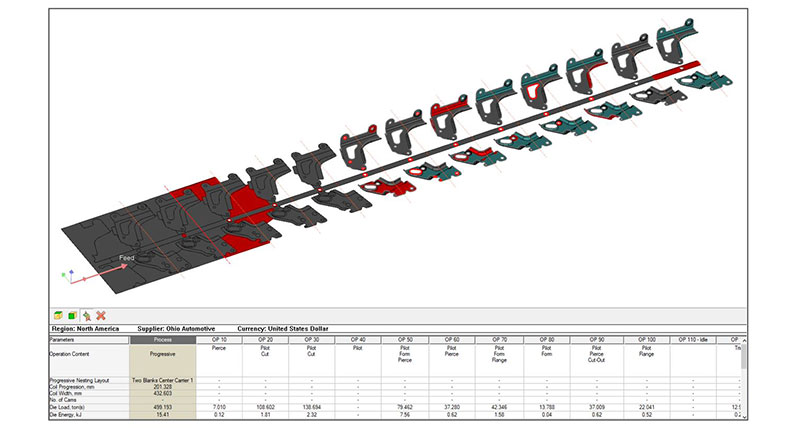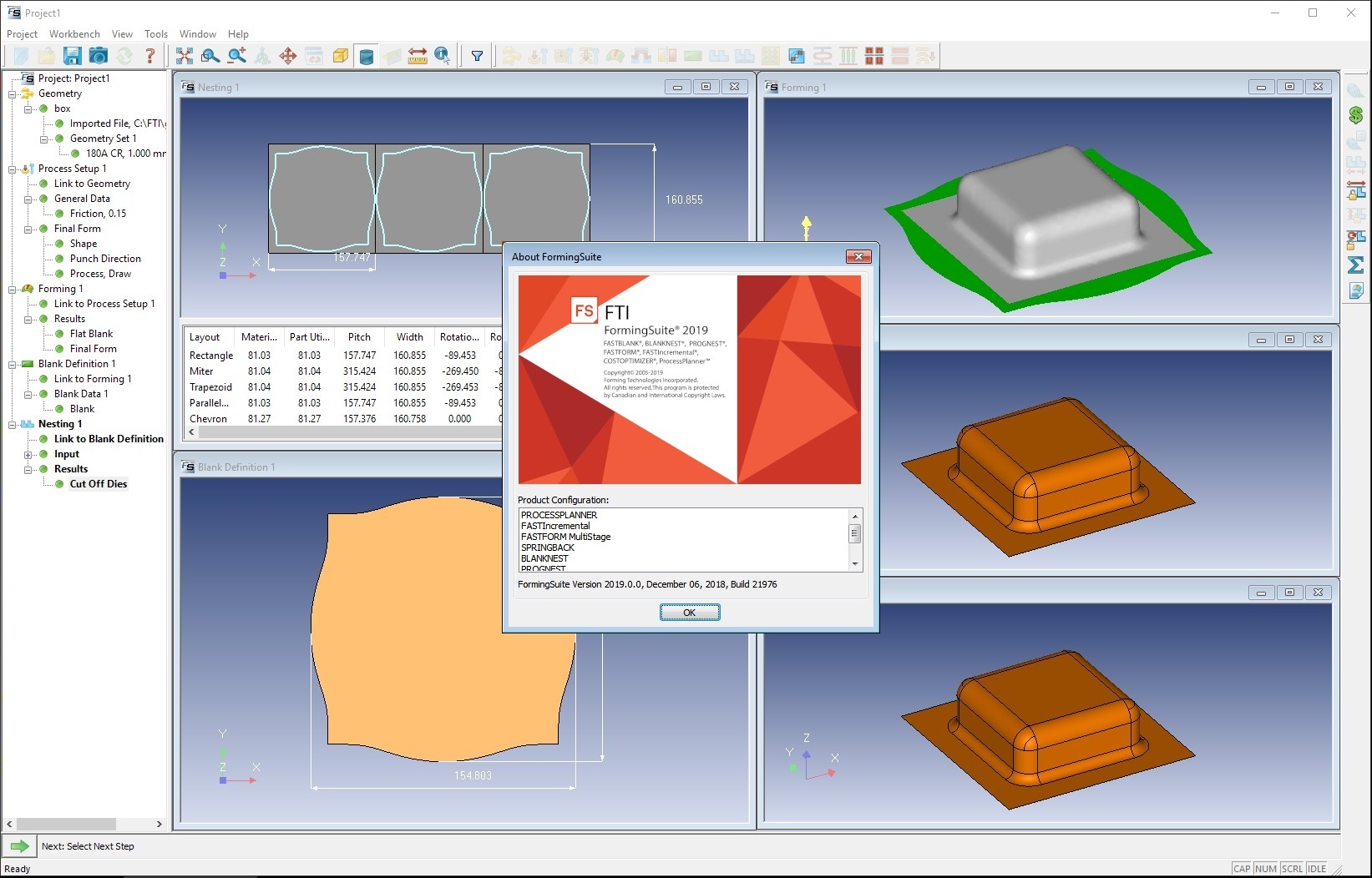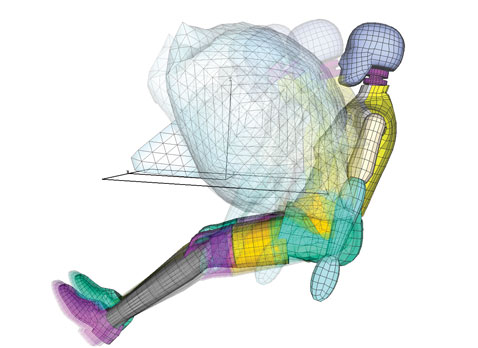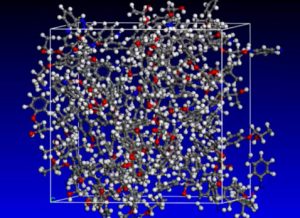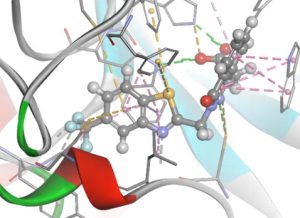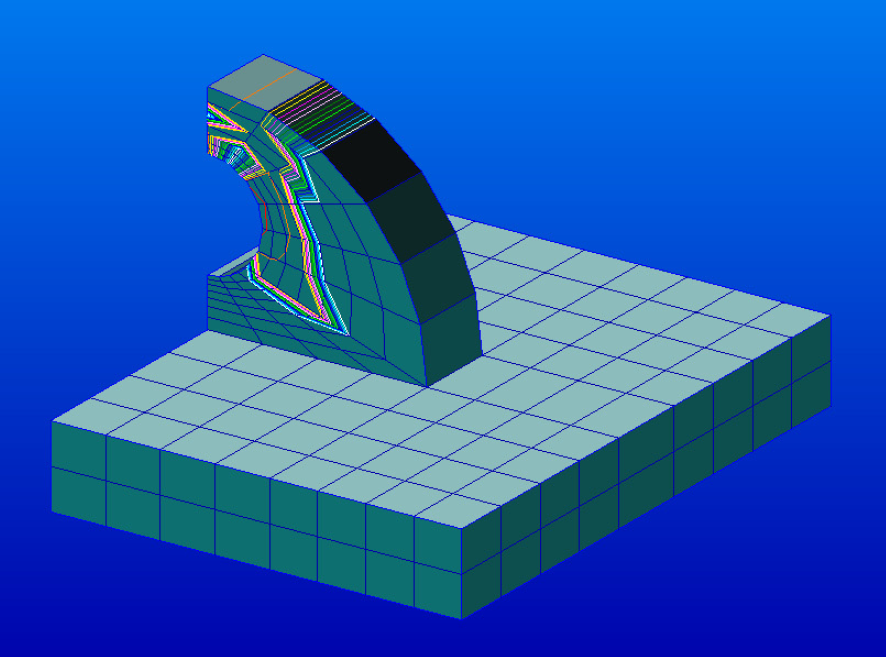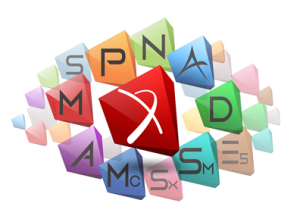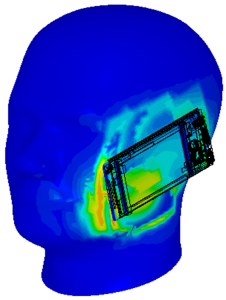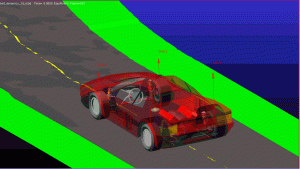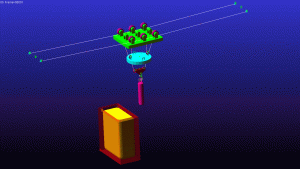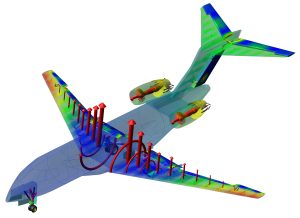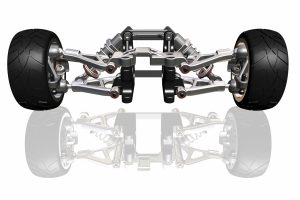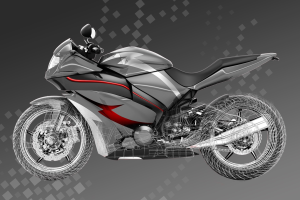FASTFORM ADVANCED enables users to quickly and easily evaluate part and process feasibility as well as determine blank shape and spring back for sheet metal components. It identifies formability problems (splits/wrinkles) enabling users to implement design changes earlier in the product life cycle, saving time and money. Before releasing data to tooling, engineers run FASTFORM Advanced to assess formability risks and optimize material usage. It considers component or tool geometry and accounts for material properties, friction, binder, addendum, blank holder force, pad pressure, draw-beads, and tailor-welded blanks.
FASTFORM ADVANCED uses FTI’s proprietary Coupled Hybrid Inverse (CHI) solver for fast and accurate results. It enables design engineers to apply Key Product Requirements (KPR) and Design for Manufacturability (DFM) principles. KPR/DFM strategies will expose BIW design problems early in the New Product Introduction process (Styling Studio) so that Engineering Change Orders (ECOs) and manufacturing-based issues can be minimized.
KPR techniques are used to review automotive Class A surfaces while the clay models are still in Styling. The KPR analysis addresses issues such as cosmetic quality, surface distortion for mating surfaces, dent resistance, continuity of reflect lines, continuity of features, slip lines and thinning. KPRs significantly affect the product’s quality, safety, and compliance with regulations.
DFM techniques are used on Class B and C Body-In-White (BIW) components. Product designers can evaluate several forming scenarios. Engineers can predict formability (splits/wrinkles) and spring back issues to reduce ECOs, develop blank size, determine material utilization, weight, with time saving outputs in Excel, PowerPoint or customized reports.
Component strains and thinning information can be uploaded to CAE Departments to increase accuracy of component performance for structural, crash, NVH, fatigue and durability analysis. Studies have shown that using this thinning and work hardening information can increase CAE accuracy up to 30%.
Highlights
- Scientific physics-based approach identifies formability issues at product design stage reducing ECOs
- Identifies product design changes that improve quality, material utilization, and reduce weight and costs for optimal material usage
- Develops minimum blank size and ensures no blank overlap
- Accurately identifies splits and wrinkles using Forming Limit Diagram (FLD), Safety Zone in addition to Thickness Strain, Major/ Minor Strain, etc.
- Calculates Springback to predict issues for tooling and provide information for Tolerance Negotiation
- Reports summarize product design issues and material utilization providing first level communication between product and tooling suppliers (internal/external)
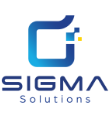
 0-2862-1188
0-2862-1188